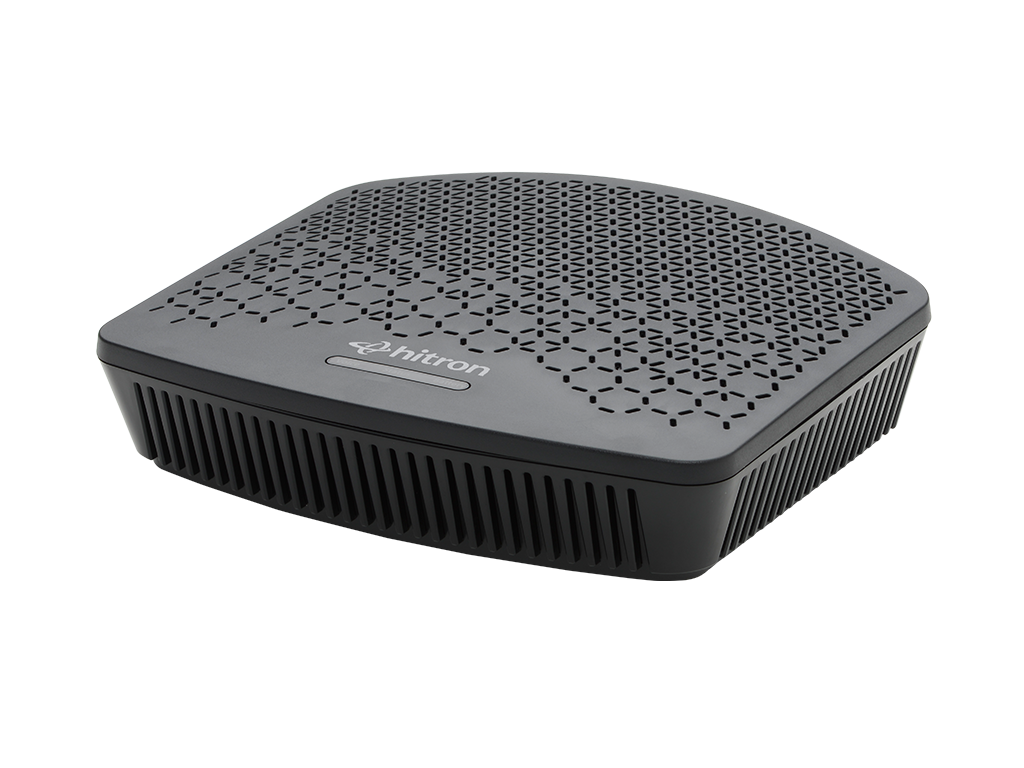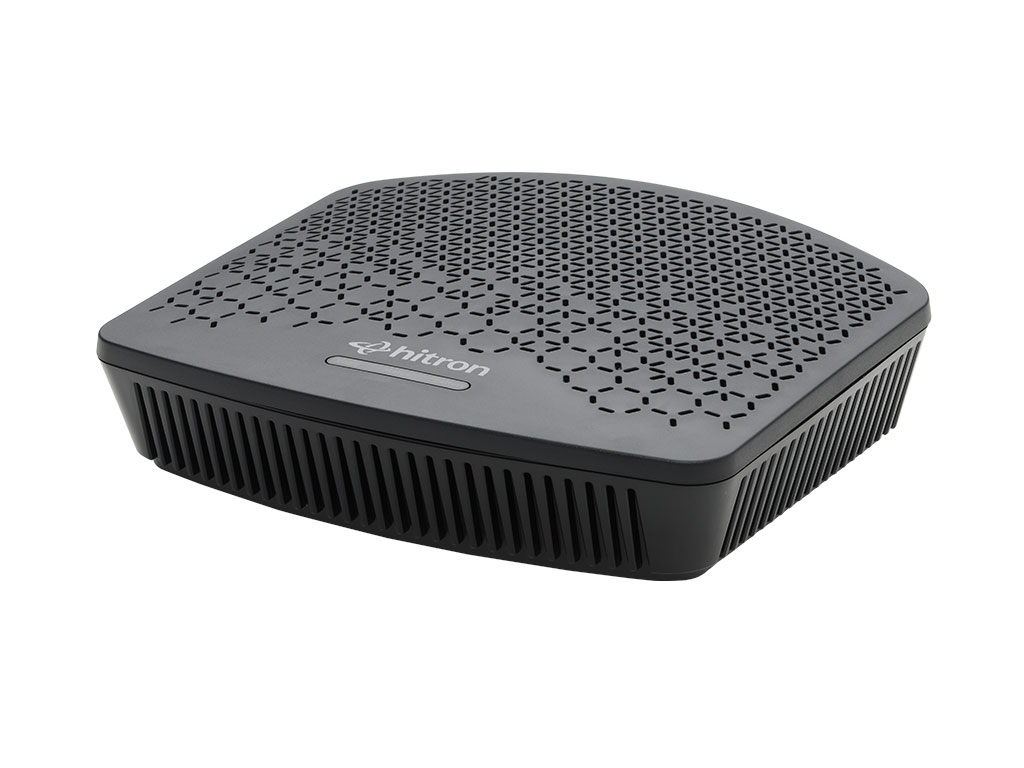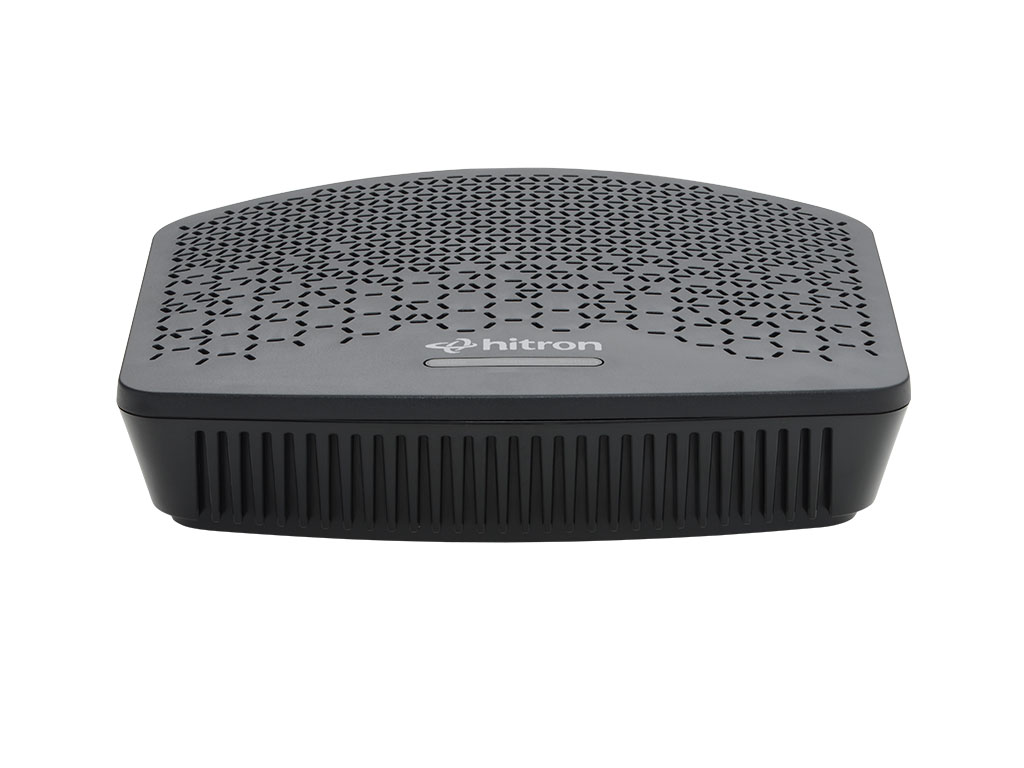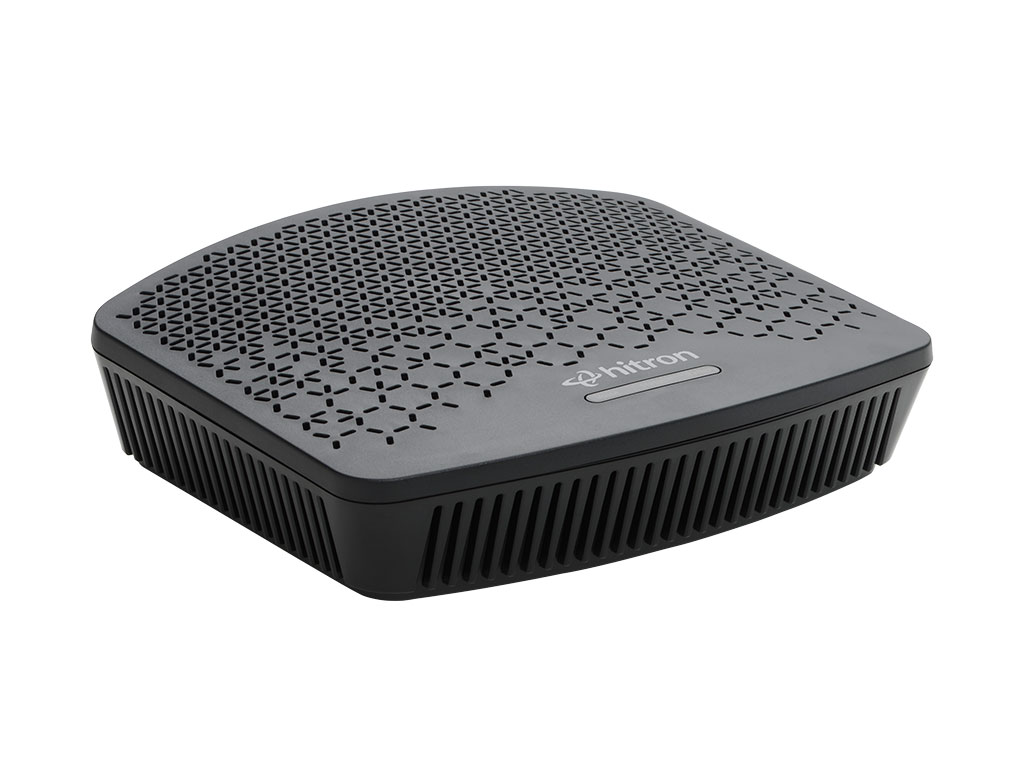Supports Multiple Fiber Standards
Compatible with 10G-EPON, XG-PON, and XGS-PON, giving operators flexibility to deploy the ideal standard for their network.
Voice Included
Offers dual FXS VoIP ports.
Multi-Gig Ethernet Connectivity
Equipped with a 10GBASE-T port and an additional 1 GigE port, ensuring subscribers can fully utilize high-speed broadband with wired devices.
Seamless Migration via DOCSIS DPoE 2.0
Appears as a standard modem to existing provisioning systems, allowing easy migration to fiber without changes to backend systems.
Benefits for Service Providers
- All-in-One Solution: Combines ultra-fast fiber access and voice in a single device—streamlining CPE logistics.
- Flexible Fiber Strategy: Supports multiple PON standards, making it adaptable across broadband environments.
- Efficient Network Transition: DPoE support reduces backend upgrade needs, enabling faster fiber adoption.
Key Specifications
- PON Interface: IEEE 802.3av 10G-EPON, ITU-T G.987.2 (XG-PON), ITU-T G.9807.1 (XGS-PON)
- Ethernet Ports: 1× 1/2.5/5/10GBASE-T + 1× Gigabit Ethernet
- Voice Ports: 2× FXS ports
- Advanced Features: VLAN tagging, QinQ, jumbo frames, QoS, Layer 2 switching
- Management: IEEE 802.3ah OAM, TR-069, TR-369, TR-181, TR-143, web-based GUI
- Design: Compact ONT/ONU for residential or SOHO deployments
Documentation
A Complete Portfolio of Fiber ONT/ONUs
Products
Access Technology
XG-PON
XGS-GPON
XG-PON
XGS-GPON
XG-PON
XGS-GPON
XG-PON
XGS-GPON
XGS-GPON
Data Range
Ethernet Interfaces: (1G/2.5G/5G/10G)
One 10/100/1000
One 10/100/1000
One 10/100/1000
DOCSIS DPoE 2.0
Voice
---
Learn more about Fiber Optics, ONTs and ONUs
Fiber Optic Internet – A Complete Guide
This Fiber optic Internet guide will give you high-level information about everything you need to know about Fiber. It should help you understand essential information about how to make your WiFi better and how fiber fits into that. In this article, we will cover:...
5 Key Advantages of PON Internet
PON stands for passive optical network. It is a type of fiber-optic network. A PON Internet (shared fiber) system operates on an unpowered network (passive) meaning that it does not require any active components. Instead, it only uses fiber and passive components like...
Does FIOS use Ethernet or coax?
Short answer, FiOS users fiber-optic cables to reach your home. A passive optical network (PON) can bridge to a devices on the customer premises within the individual terminating unit using technologies such as Ethernet or coaxial cables. In other words, the devices...
What is the Difference Between EPON and GPON?
What You’ll Learn If you're comparing EPON and GPON, you’re likely working with or exploring fiber-based Internet networks. This article breaks down the difference between the two technologies, how they work, and what matters most for ISPs and end-users. And if you're...
What is GPON and How Does it Work?
Optical fiber networks operate on different passive optical network (PON) standards. A PON is a network system specific to fiber technology that delivers broadband network access to your home or business. One of many PON standards is GPON. GPON stands for Gigabit...



